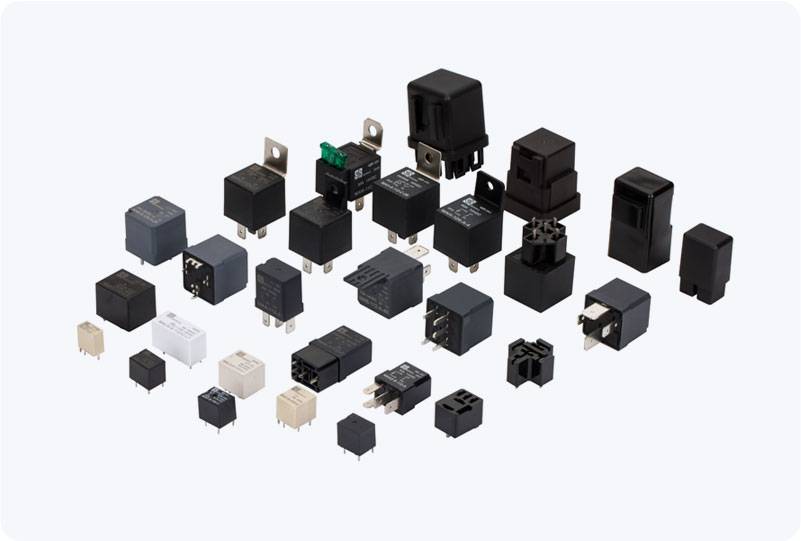automotive relay in extreme temperature: challenges and solutions
Release time:2025-10-21 06:13:50
Automotive relays are essential components in modern vehicles, enabling the control of electrical circuits by switching large currents with a small control current. These devices play a critical role in automotive systems such as lighting, climate control, safety features, and even engine management. However, one of the major challenges in Automotive relay design and performance is ensuring their reliability and functionality under extreme temperature conditions. Both high and low temperatures can significantly affect the operation of Automotive relays, posing potential risks to vehicle performance, safety, and longevity. This article explores the impact of extreme temperatures on automotive relays and the engineering solutions designed to address these challenges.

Impact of High Temperatures on Automotive Relays
In hot climates or during summer months, automotive relays are subjected to temperatures that can reach well over 100°C in certain parts of the vehicle, such as near the engine or exhaust system. At high temperatures, several factors can lead to relay malfunction:
Material Deformation: The materials used to construct relays, such as metals for the contacts and plastics for the casing, can expand and deform under intense heat. This can lead to poor contact, reduced current flow, or even complete failure of the relay.
Electrical Performance Degradation: High temperatures can cause the relay’s electrical components to experience resistance changes. The increase in electrical resistance may cause the relay to overheat or fail to switch properly. Over time, the contacts inside the relay may oxidize or degrade, leading to increased resistance and heat generation, which further accelerates the failure process.

